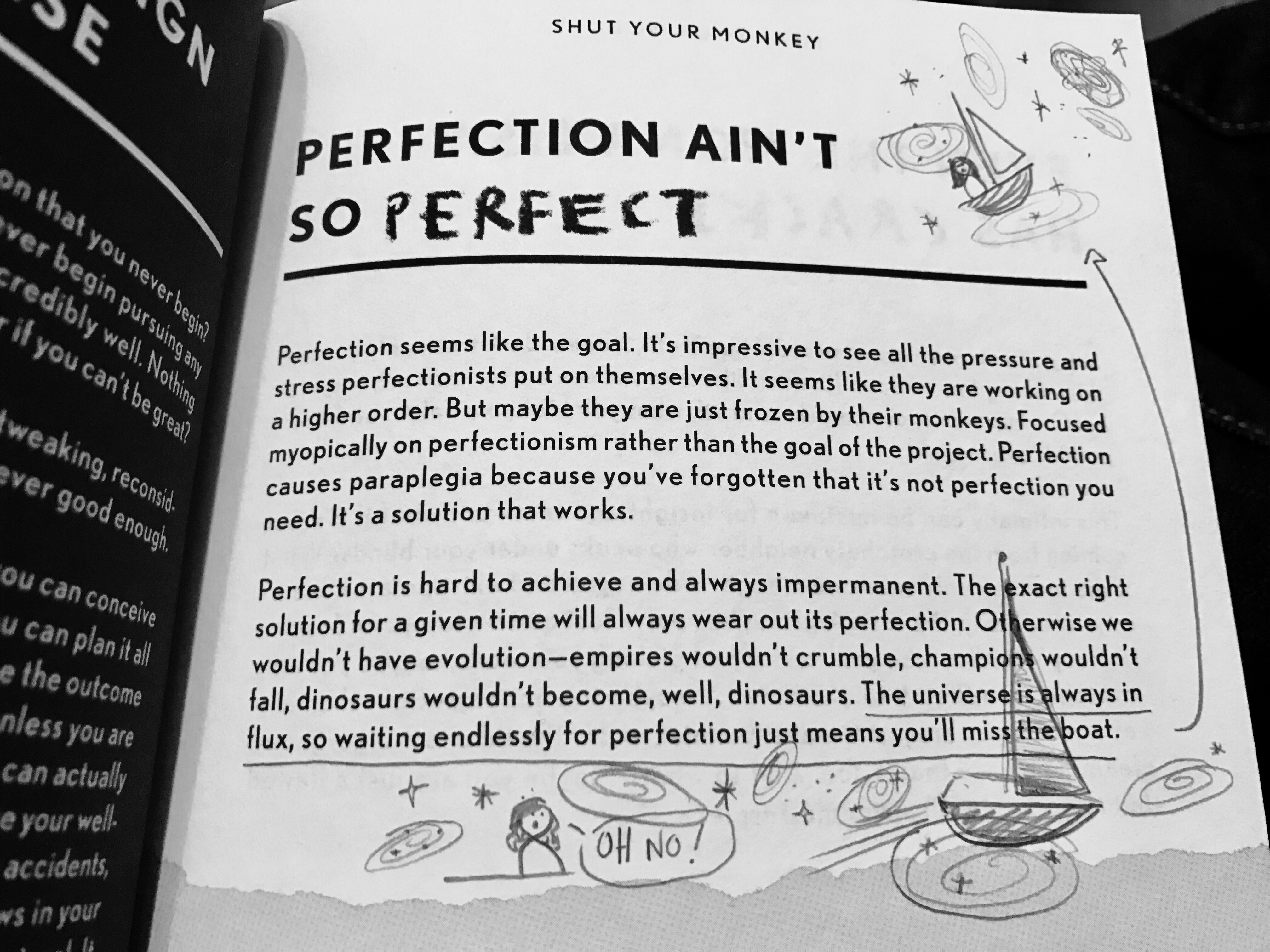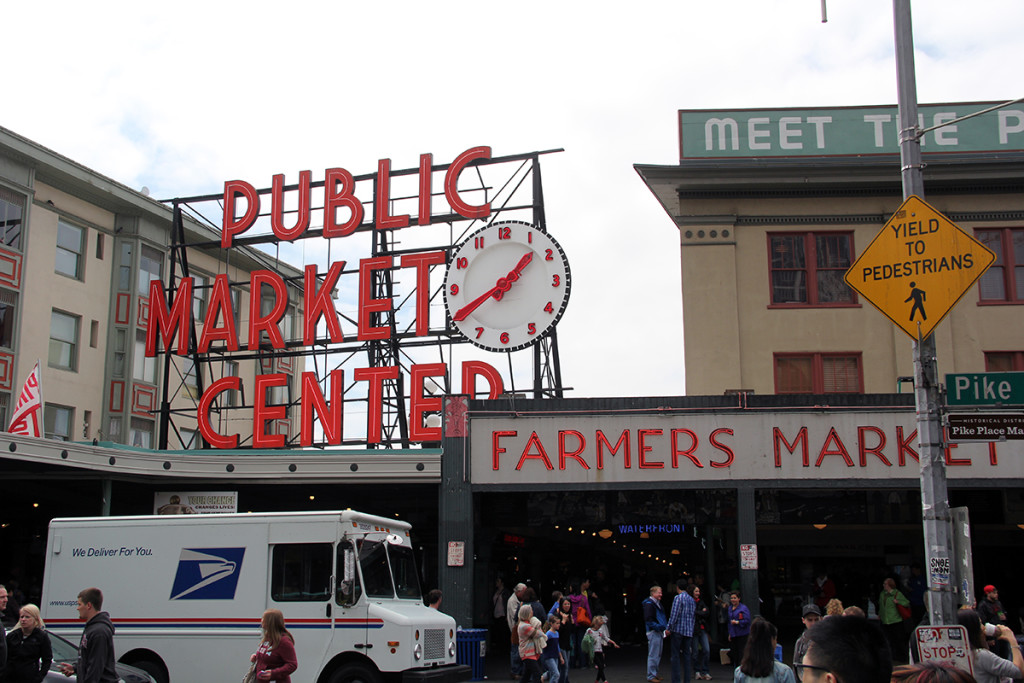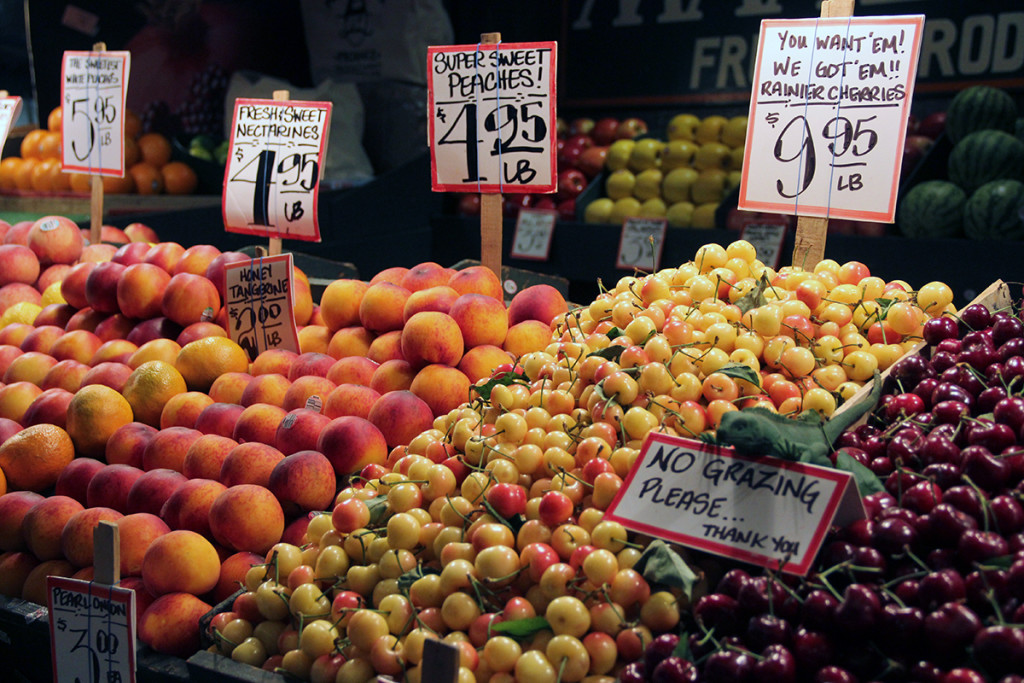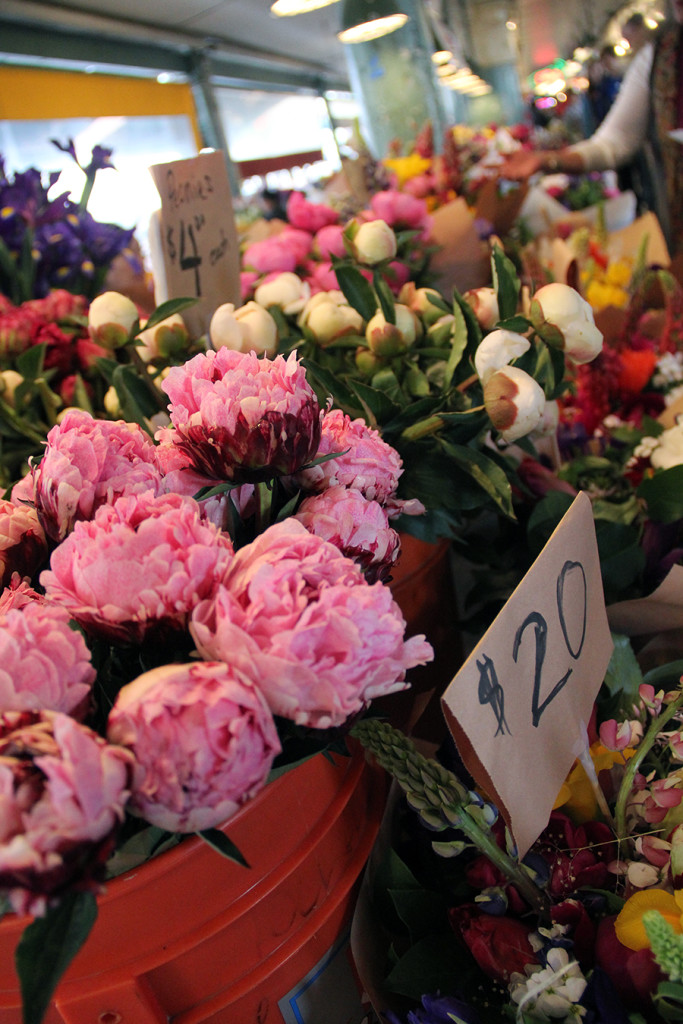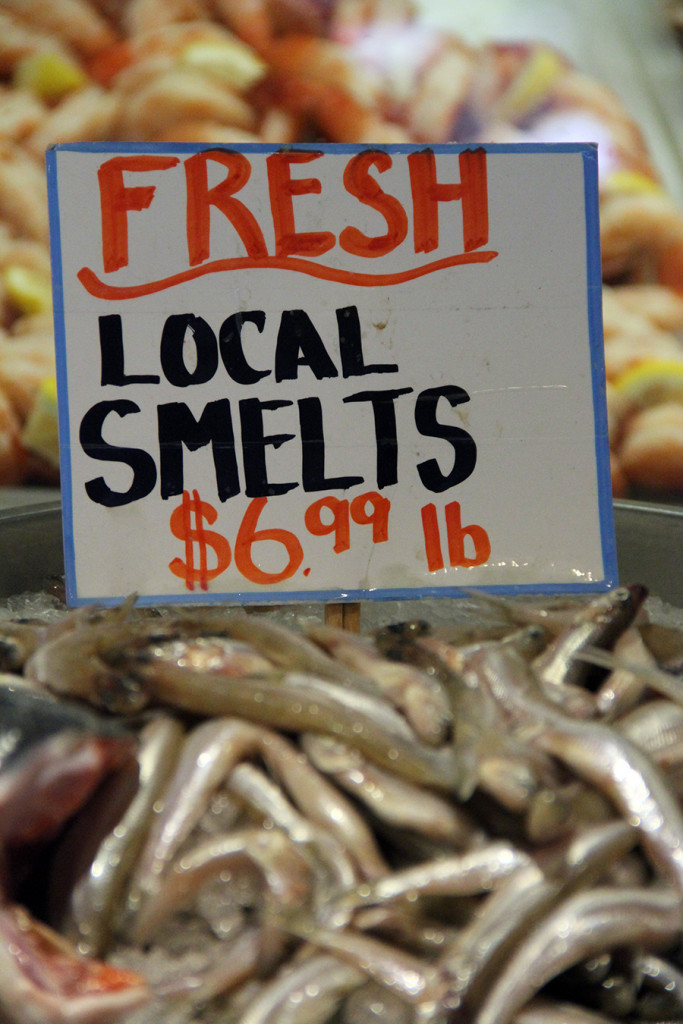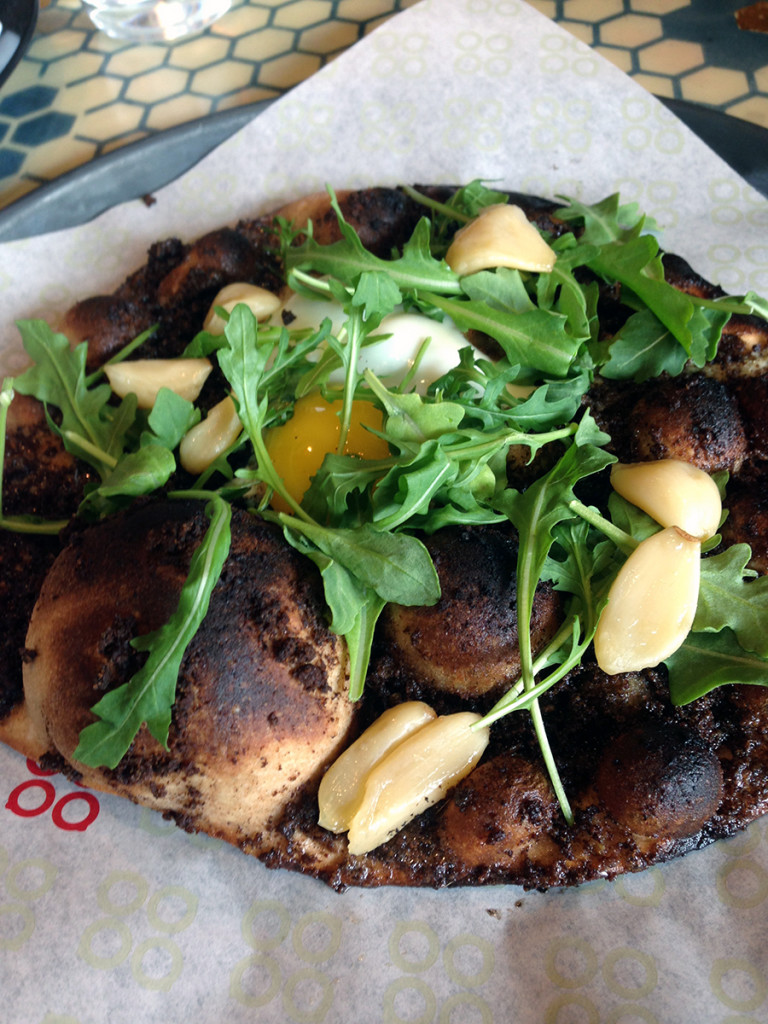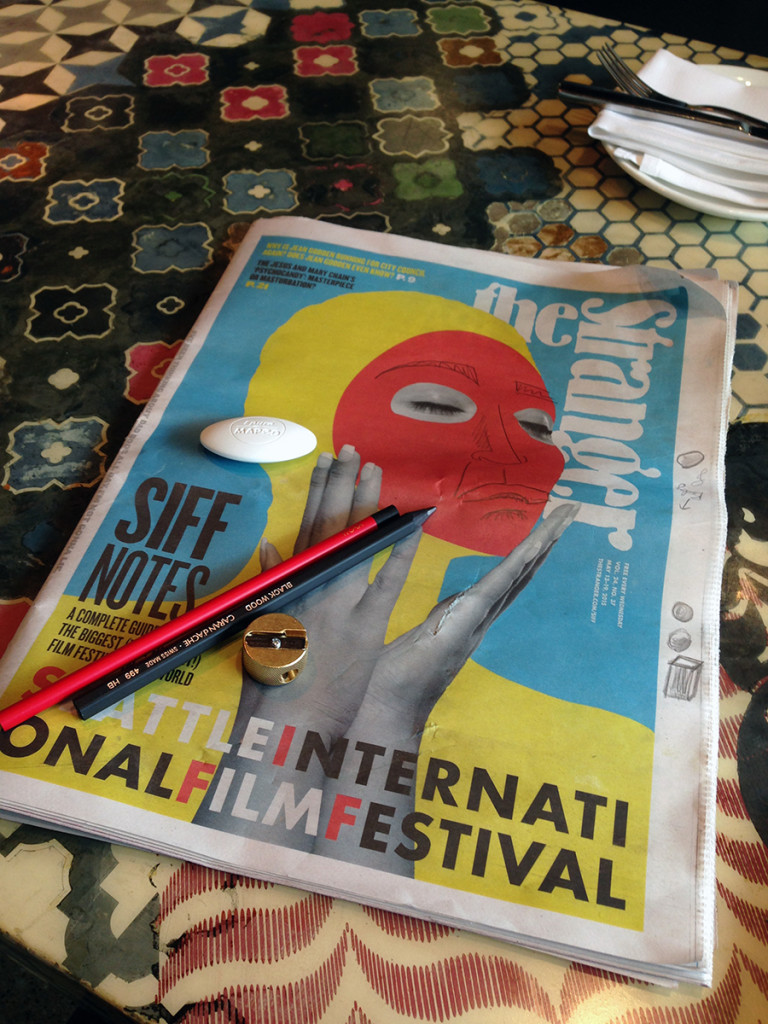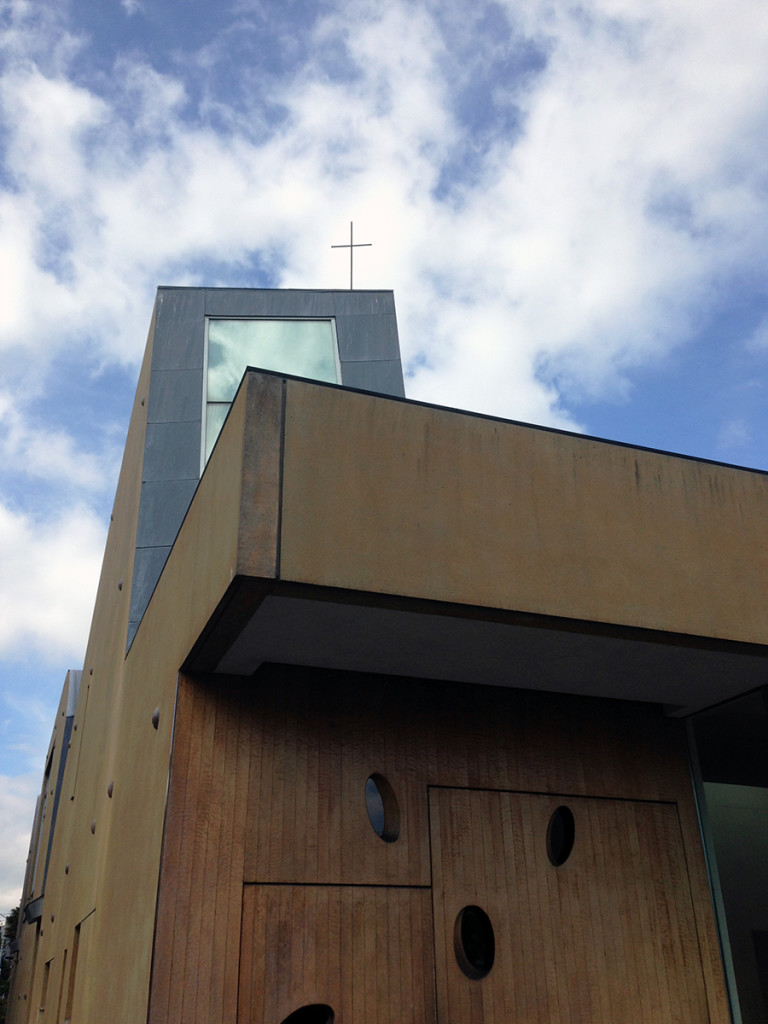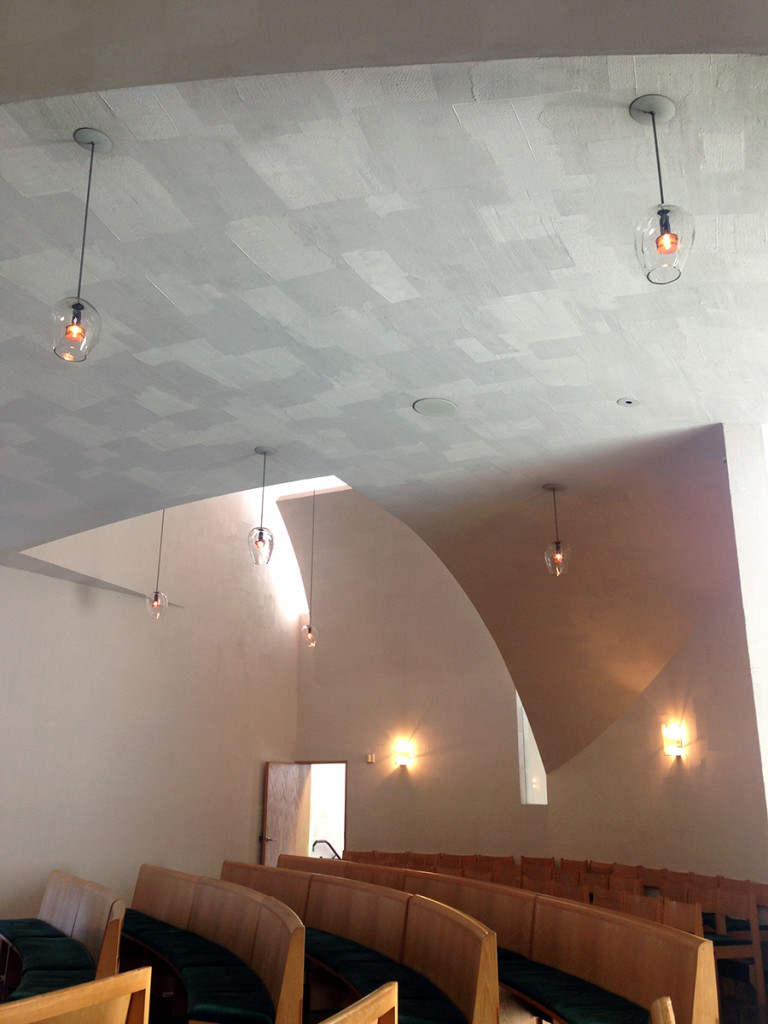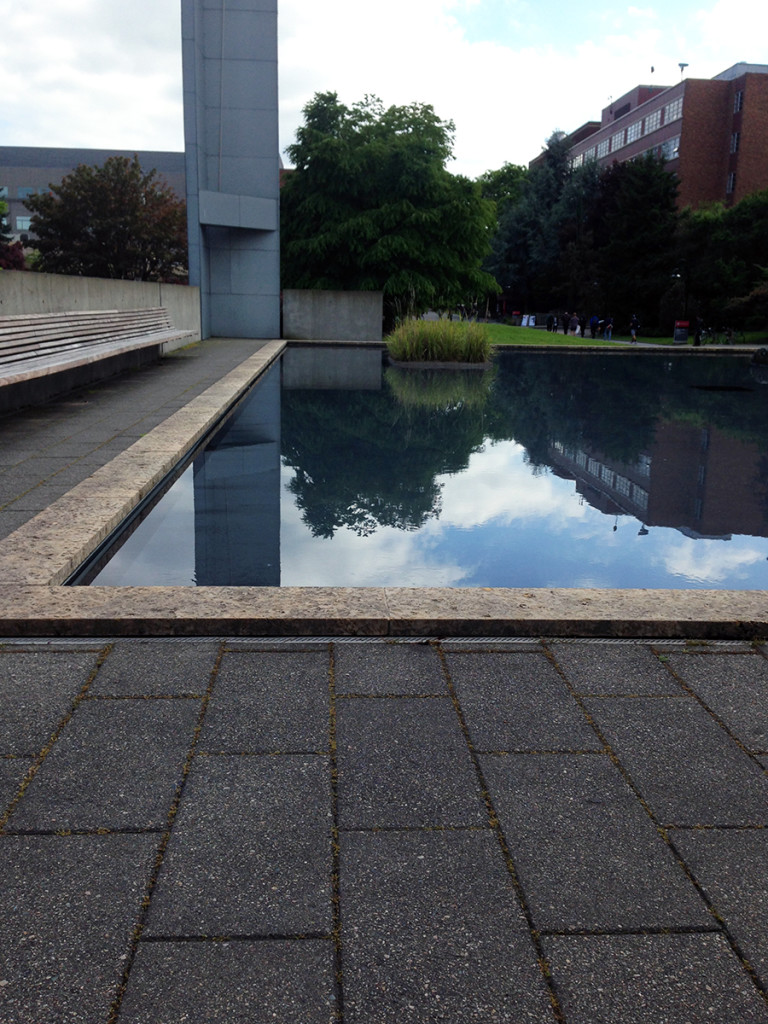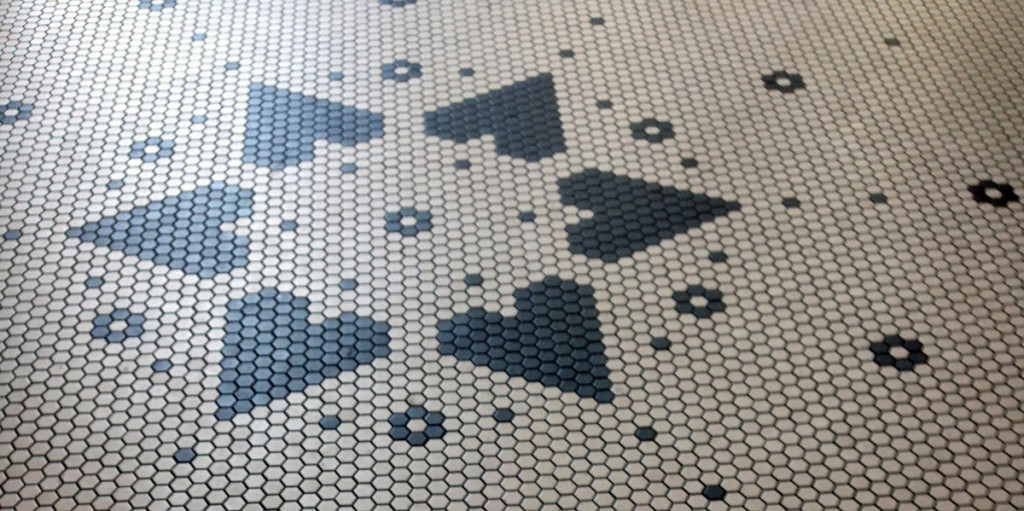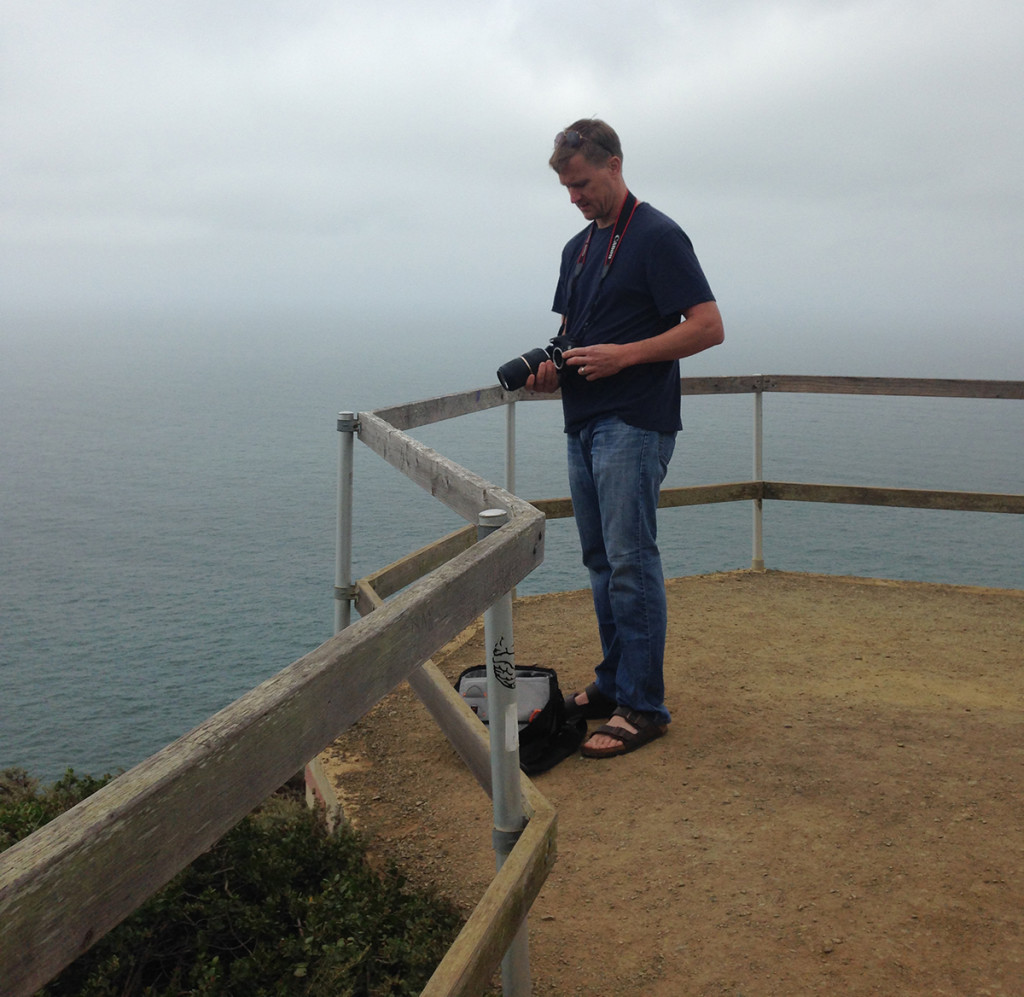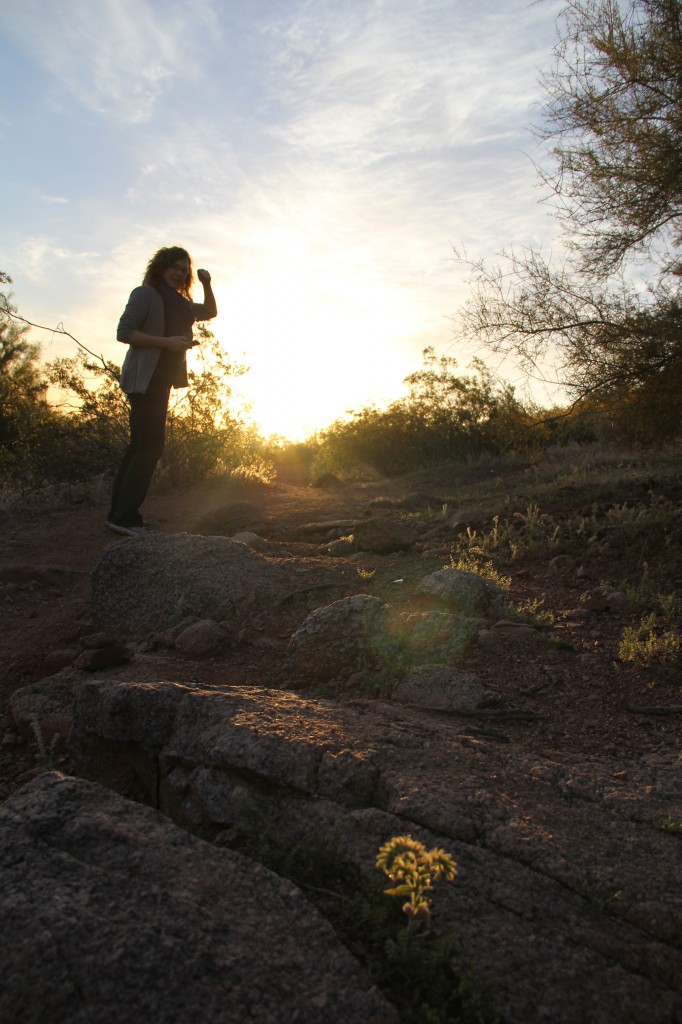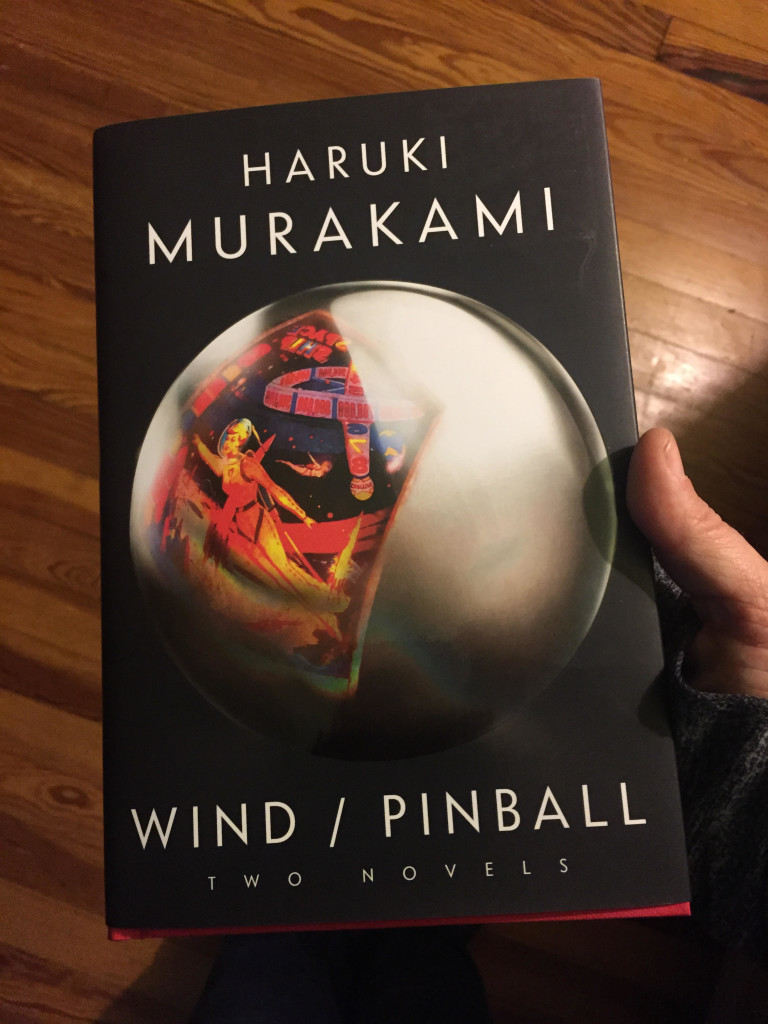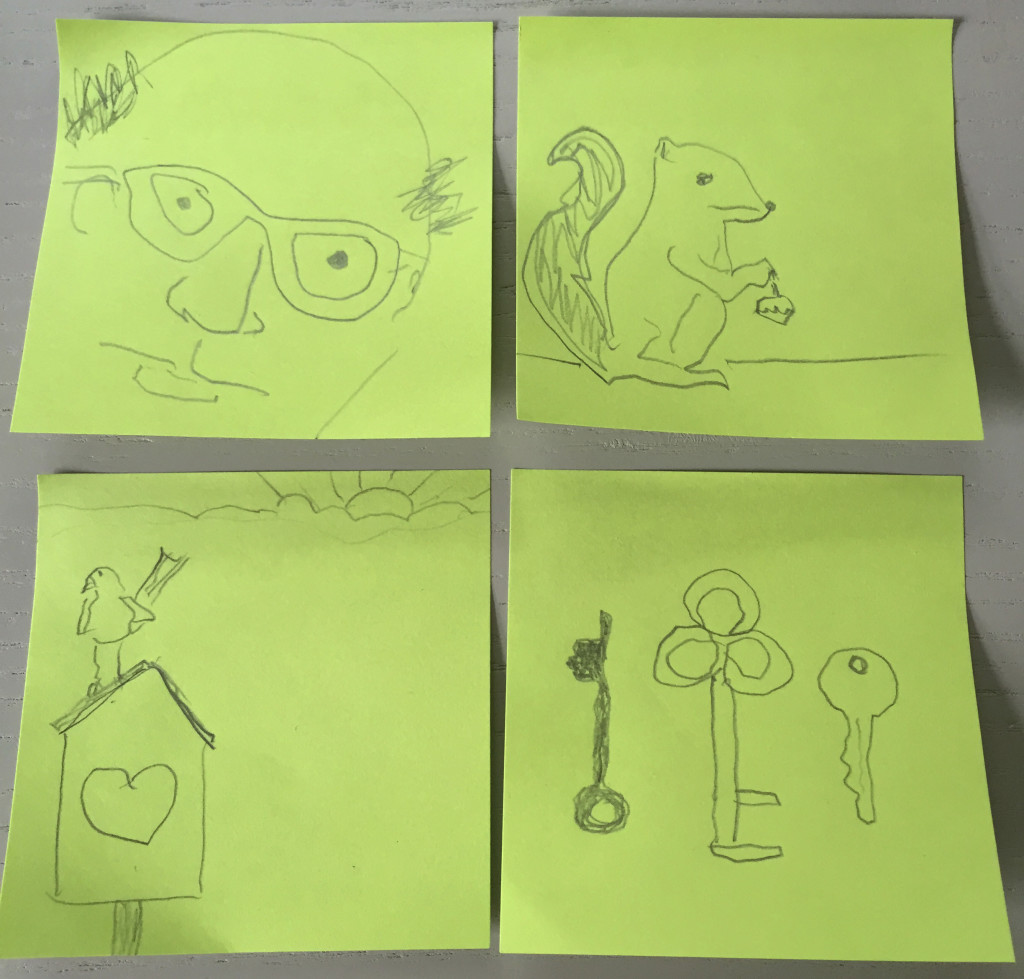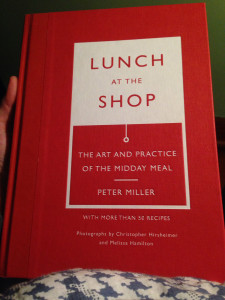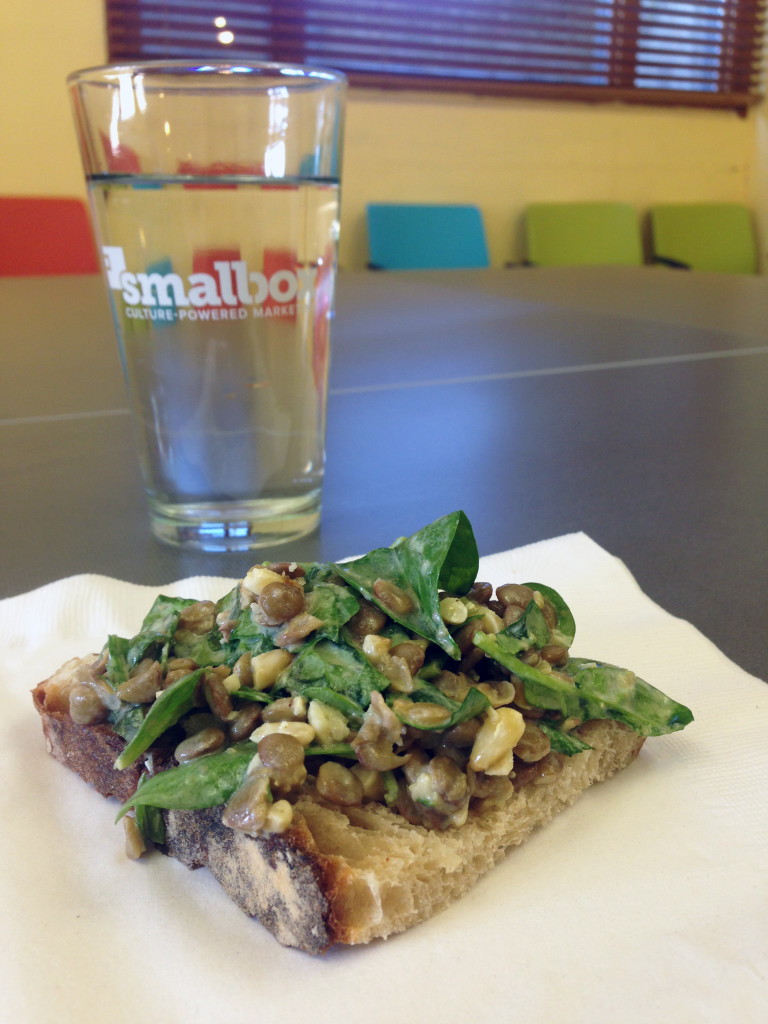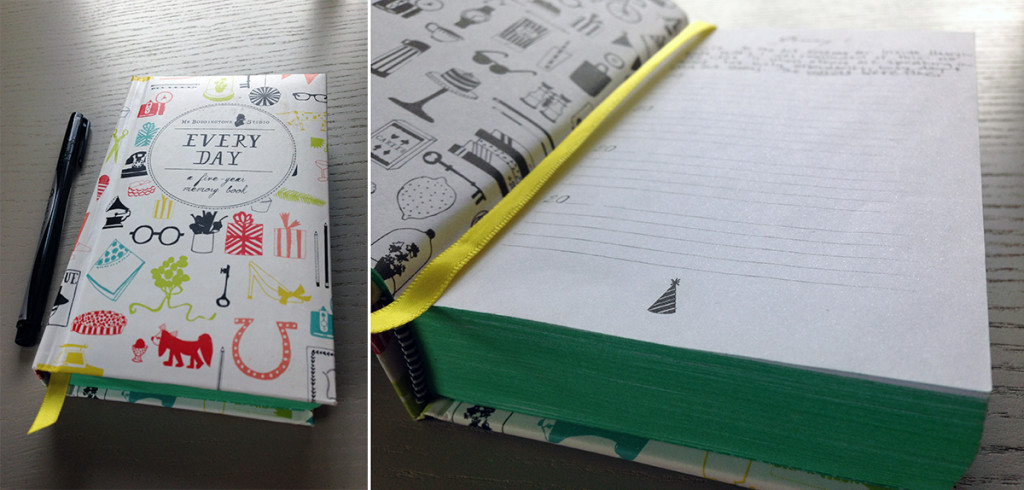 I’m nearly 38 – too old for barely-surface-scratching, self-indulgent, weepy poems. Definitely not old enough to string together all of the beautiful, bizarre and messy lessons of life into an autobiography.
I’m nearly 38 – too old for barely-surface-scratching, self-indulgent, weepy poems. Definitely not old enough to string together all of the beautiful, bizarre and messy lessons of life into an autobiography.
I just finished Gratitude, a collection of four essays written by Oliver Sacks near the end of his life. He compares his years with elements of the periodic table. A poignant, relevant (also, neat and tidy) vehicle to sum up the life of a scientist and writer of great acclaim.
Sacks said: I am now face to face with dying, but I am not finished living.
At the age of 82! I know enough to be sure I am telling the story of a writer and maker, and I hope I’m telling a story of things I don’t know yet. I too am not finished living, though I have collected drafts, excerpts, and a curio cabinet of odd bits.
There was the time I called a university professor to conduct some research for school. I imagine he scratched his head, wondering why on earth a fifth grader might be calling to inquire about genetics.
This was an early sign, a harbinger of chronically being on a need-to-know basis. From a definition of need-to-know: “the information must be necessary for the conduct of one’s official duties.” When you’re living a collision of ambition and curiosity, everything feels need-to-know. This artifact goes in the “curiosity” cabinet, but it also earns a spot in “generosity.” I’ll always remember how he indulged me, at least enough to try to explain genetics to an elementary student.
Then there was the time I stepped barefooted on a push pin, squarely and definitively, so that the whole thing plunged into the tender arch of my foot, and I blotted the blood with a page torn from a pocket sized, spiral bound ruled notebook because it was what I had on me at the moment. This one has potential, I think. Who can say? I’ll file it under “being sensitive,” or perhaps, “on becoming a writer.”
One time my best friend and I heaped piles of mud into her bath tub, thinking we’d create a grand mountain or volcano. Instead, we made the worst kind of mess. I had to go home, leaving her with a tub full of dirt, grit smeared all over her bathroom, and the reckoning that was sure to come from her mother explaining just exactly what we thought we were going to with that filth. File under “reckless exploration/creativity.”
Did I ever tell you about the time an art professor told me I drew with the confidence of a senior? I recall my own shock, wondering, is there another way to draw? (“Outward appearance of strong sense of self/surprise of this perception.”)
Did I ever say why I fell asleep with a big bite of un-chewed, bitter cole slaw in my mouth? (“WTF, but so weird, it must mean something”)
What’s my first line? Ha! I’ve weaving this life together without a pattern, friends. I have no idea where it begins or ends. Will I end with a ship sail, a blanket for miles? A sweater knit big for someone twice my size? I’m making something, yes, for sure. But, what?
I could pick any one of these beginnings. Or the story might take off from a point not yet lived. For now, I’ll just keep arranging pieces, until one day I can say A-ha! Here is how this fits.
This post is part of Think Kit by SmallBox
Prompt: Pretend you’re writing your autobiography. Give us your first line, a first chapter, or even just an image. What’s the story of you?
